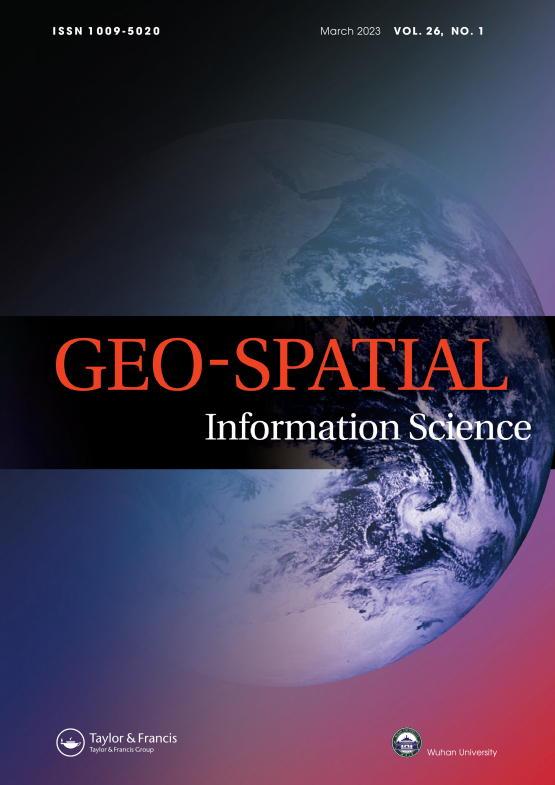Submit a Manuscript to the Journal
Geo-spatial Information Science
For a Special Issue on
Foundation models for geo-spatial temporal data processing and its applications
Abstract deadline
31 August 2024
Manuscript deadline
31 August 2024

Special Issue Editor(s)
Bisheng Yang,
Wuhan University
[email protected]
Chenlu Wen,
Xiamen University
[email protected]
Foundation models for geo-spatial temporal data processing and its applications
With the rapid development of various aerial and spaceborne acquisition devices, such as high-resolution optical cameras, synthetic aperture radars, laser scanners, and oblique photography cameras, the rapid and accurate acquisition of precise and effective information from geo-spatial temporal data has become a pressing need in the fields of geoscience, as well as a significant challenge faced by geographic information modeling and applications.
Foundation models, also known as large models, refer to the models with a large number of parameters built using deep learning techniques. Foundation models often require large amounts of computing resources and data to train, and generally show excellent performance on a variety of tasks. Foundation models are of great significance in the processing and application of geo-spatial temporal data, as they can enhance the efficiency, accuracy, and reliability of data processing, and facilitate interdisciplinary knowledge sharing and integration.
This special issue focuses on the above-mentioned issues, and welcomes theoretical and applied papers that extensively utilize various foundation models for processing geo-spatial temporal data. The contributions should match with the following topics, but not limited to:
- Processing of geo-spatial temporal data, such as LiDAR point cloud, Radar data, remote sensing imagery, etc
- Multi-modal foundation models for geo-spatial temporal data processing
- Fine-tuning foundation models on geo-spatial temporal data processing tasks
- Zero-shot and few-shot learning with geo-spatial temporal data processing foundation models
- Dynamic object perception, including detection, tracking, and classification using foundation models
- HD map generating and updating using foundation models
- Large-scale geo-spatial temporal datasets for training foundation models
- Privacy and security concerns in applications of foundation models
- Societal impacts, responsibility, and the future of foundation models
- Foundation model applications, including autonomous driving, intelligent robots, and city modeling
Looking to Publish your Research?
Find out how to publish your research open access with Taylor & Francis Group.
Choose open accessSubmission Instructions
All submissions will be peer reviewed according to the Geo-spatial Information Science (GSIS) guidelines. Submitted manuscripts should not have been published or be under review elsewhere. Prospective authors should consult the Instructions for Authors page on the journal homepage for guidelines and information on paper formatting and submission.
Authors should submit manuscripts using the GSIS submission portal. Please select “Foundation models for geo-spatial temporal data processing and its applications” in the space provided on the submission form for the name of the special issue.
Publication fees - GSIS is an open access journal. More information about APCs can be found in the Instructions for Authors.